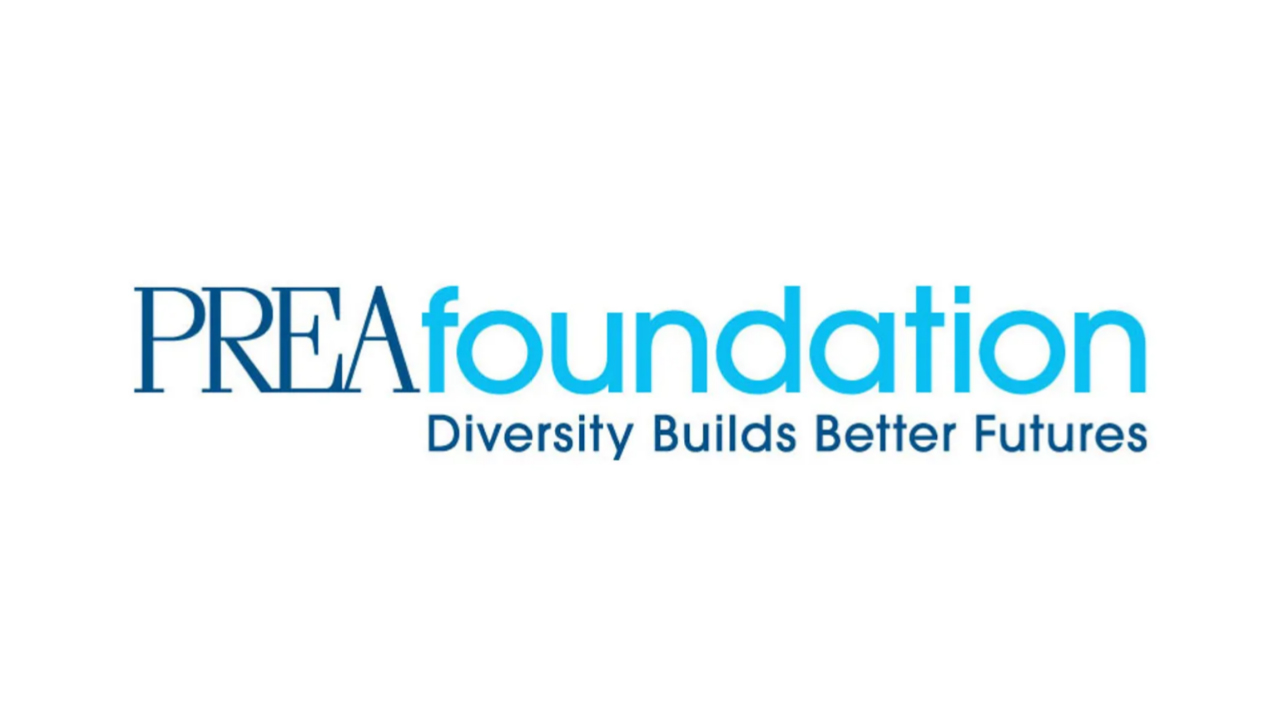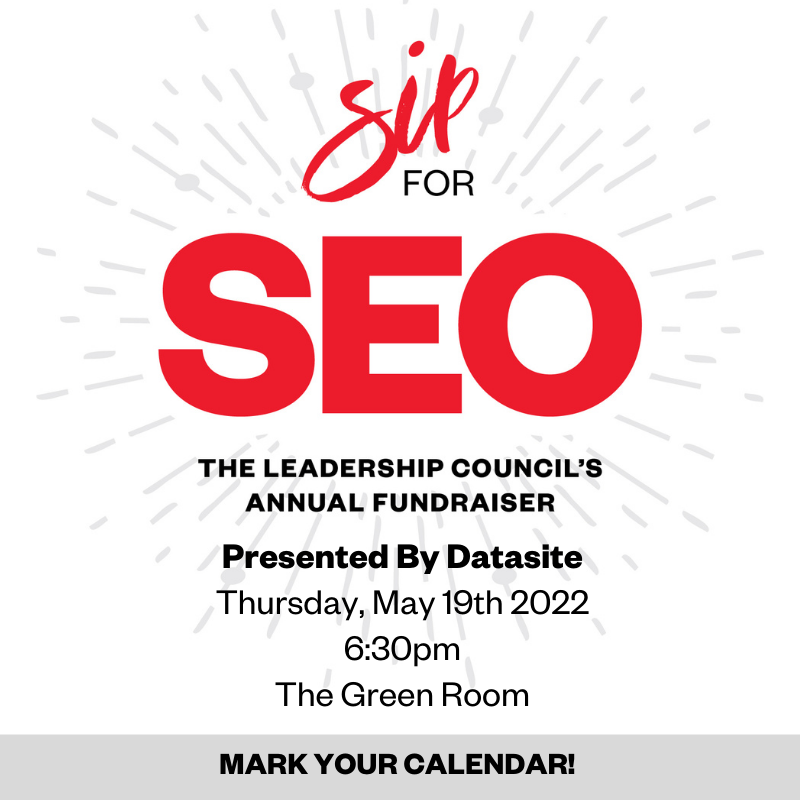What Might Racism Cost Oracle? $400M
by Forbes

 SEO Mentioned in Forbes
SEO Mentioned in Forbes
According to the Forbes article below, diverse teams produce 19% more revenue. SEO exists to close the opportunity gap and ensure underrepresented and underprivileged youth around the nation are gaining access to the same opportunities as everyone else. We’re proud to be part of the solution.
—————————————————————————————————————————–
What Might Racism Cost Oracle? $400M
Morgan Simon
Jan 28, 2019
The suit alleges that Oracle prioritized hires from a particularly vulnerable category — immigrant students with visas.
Diverse teams produce 19% more revenue.
Between 2013 and 2016, 90% of Oracle’s hires were people of color. While in some communities this fact might be celebrated, there’s a catch — they were all Asian, and still underpaid compared to their white counterparts, according to a lawsuit filed this week by the US Department of Labor.
The DOL’s Office of Federal Contract Compliance Programs recently filed a complaint alleging the company was guilty of “stark discrimination,” and “impermissibly denies equal employment opportunity to non-Asian applicants for employment, strongly preferring a workforce that it can later underpay. Once employed, women, Blacks and Asians are systematically underpaid relative to their peers.”
It’s important to note that Asians are not a monolithic category (often divided in census data and in popular parlance between South Asian, Southeast Asian, Central Asian, East Asian, and Native Hawaiian and Pacific Islanders). The suit alleges that Oracle prioritized hires from a particularly vulnerable category — immigrant students with visas, largely from India, thus wholly dependent on Oracle for their work visa to remain in the United States.
Just like undocumented workers can suffer in silence in response to abuse by their employers for fear of being turned in, temporarily documented workers can, in a perverted inversion, be abused by their employers for fear of being kicked out.
Discrimination at Oracle, the suit alleges, was not just on the way in — but persistent throughout people’s careers at the company. Over 5,000 workers are said to have experienced persistent pay gaps, and “suppression of pay for its non-White, non-male employees is so extreme that it persists and gets worse over long careers,” recorded to be as high as 25%.
What Financial Services Executives Need To Know About Data Security
The price of such discrimination — perceived or real — is indeed costly, from two perspectives:
- Lawsuits such as these have often resulted in multi-million dollar back pay settlements from companies like Dell, who settled a similar DOL complaint regarding its treatment of women and African Americans. The DOL estimates that Oracle could be liable for up to $400M — not an insignificant number at close to 10% of the company’s $3.85B of net income in 2018. While the courts (or settlement teams) may ultimately decide if the DOL’s claims are valid, even the appearance of discrimination is clearly costly to companies. And in this case — it’s going to be pretty darn tough to explain away hiring and salary scale practices that managed to lead to pay disparities up to 25%, and for the company to hire exactly zero Latinx and zero Black graduates in 2015 and 2016, respectively.
- Even more critically, diverse teams lead to more creative and committed teams — which in turn can lead to more profitable companies. One Boston Consulting Group (BCG) study found a whopping 19% increase in revenue from diverse teams. So even above and beyond a societal awareness that access to high-quality jobs is a critical component of closing the racial wealth gap, diversity is simply good business.
So what can companies do that want to be ahead of the curve — avoiding costly lawsuits, and most importantly, building stronger teams?
- Conduct a diversity audit. The first step in fixing a problem is identifying — do you have a problem? Who have you been hiring and why? Do pay disparities exist across gender and race (and in particular, when people are in the same role?) What are the policies and practices that might be leading to this? What opportunities for advancement are available, and are opportunities for mentorship and support specific to women and people of color prioritized? It’s hard to fix a problem if you don’t know the nature of it — learn more about who you are hiring, and how you’re treating them once in the door.
- Address recruitment practices. Do you only recruit from the Ivy Leagues, or do you also check out the HBCUs (Historically Black Colleges and Universities) and HSIs (Hispanic Serving Institutions)? Do you attend conferences like AfroTech to meet emerging and established Black engineers? Are you aware of alumni networks like the Toigo Fellowship or Sponsors for Educational Opportunity that include thousands of talented people of color nationally? If your applicant pool is lacking diversity, it may be that you’re looking in the wrong places.
- Adopt the Rooney Rule. The Rooney Rule actually comes from the NFL, where Steelers owner Dan Rooney adopted a policy that is now emulated throughout the tech industry — that in the final interview process for a position, at least one woman and one person of color (if not a woman of color!) must be in the pool. This in turn filters into point #1 — to adequately implement the Rooney Rule one must have a great pool of qualified applicants, which means reaching out beyond personal networks to reach more diverse candidates.
Clearly, inclusive culture-building goes beyond three principles — it’s a fundamental commitment that companies must make in a country where the default setting is often to accept wide pay disparities and hiring practices for women and people of color. Accepting this reality, diagnosing challenges, and adopting solutions can help companies get ahead of the curve… and help them avoid the true costs of racism and sexism.
Recent News
















